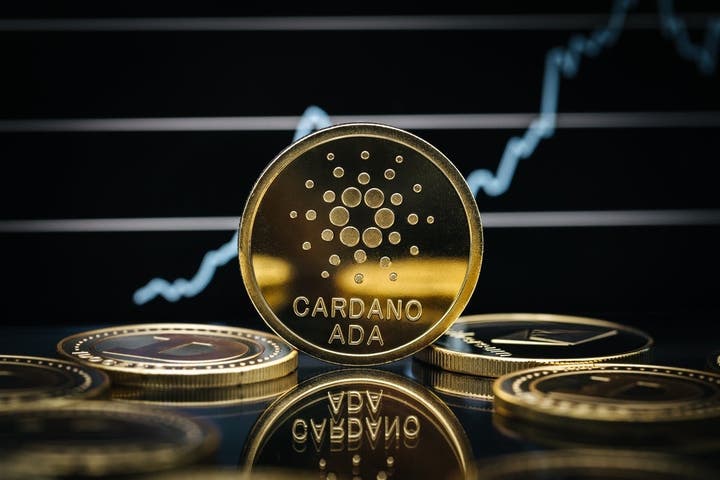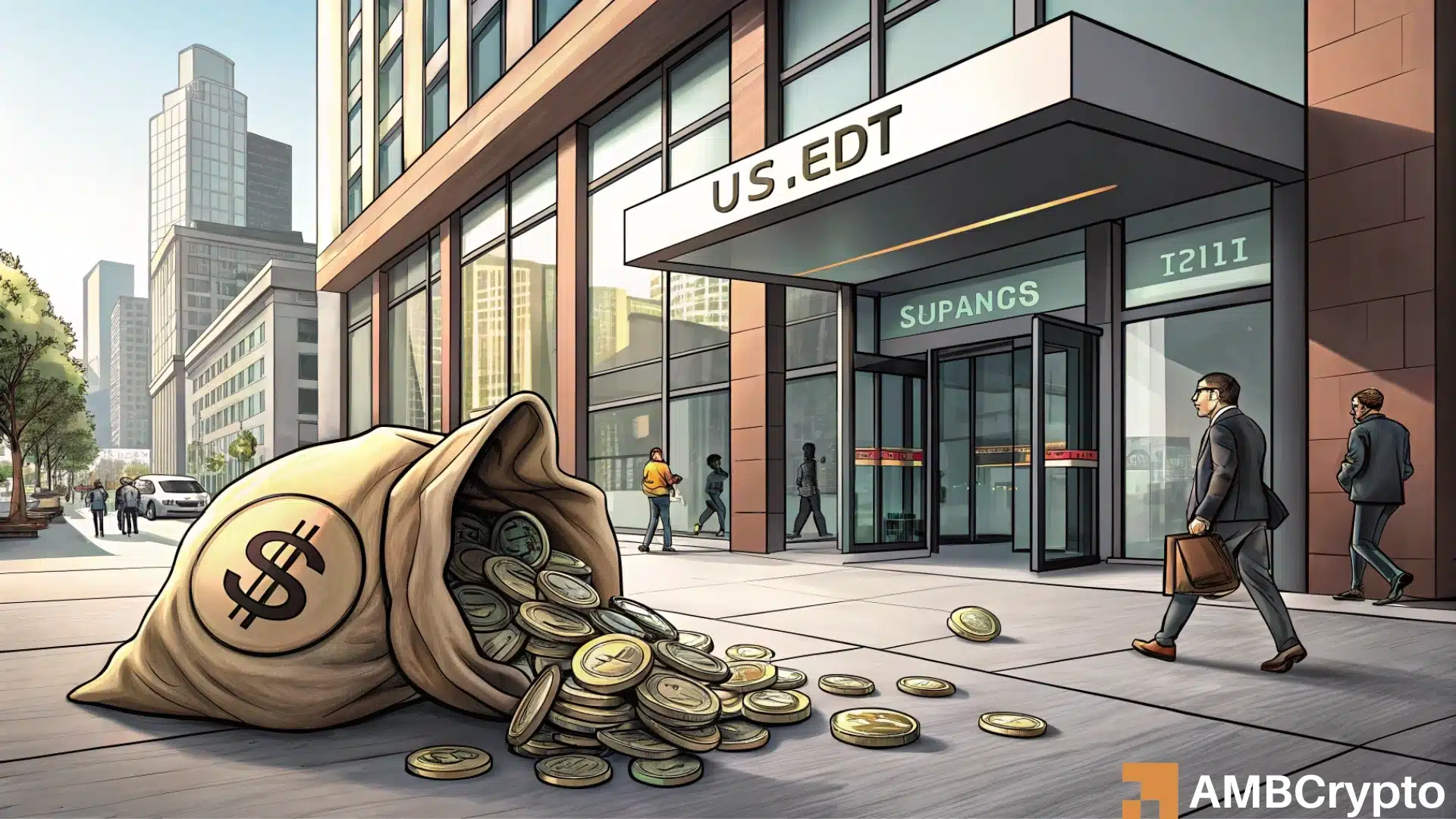
Terra Classic (LUNC)
What tools does Nimbus offer for effortlessly monitoring Terra Classic?
Nimbus provides a user-friendly tracking solution equipped with intuitive tools to monitor Terra Classic effortlessly. These tools are specifically designed for user convenience, allowing individuals to stay seamlessly updated on the latest trends, prices, and information related to Terra Classic. Users can also explore the world of cryptocurrency effortlessly while simultaneously tracking Terra Classic prices. The platform also offers insights into profit and loss, providing a comprehensive experience without the complexity typically associated with monitoring cryptocurrencies.
How does Nimbus enable tracking Terra Classic prices with profit and loss?
Nimbus facilitates the tracking of Terra Classic prices with profit and loss through seamless integration with your crypto wallet for portfolio monitoring. By connecting with your crypto wallet, Nimbus provides a clear and comprehensive overview of various metrics, including profits, losses, revenue, expenses, return on investment (ROI), and other essential financial indicators. This integration ensures that users can analyze their cryptocurrency portfolio with precision, gaining valuable insights into their financial performance. With Nimbus, users can navigate the cryptocurrency landscape with a perfect blend of simplicity and sophistication, enhancing their ability to make informed investment decisions.
How does Nimbus analyze Terra Classic, and what insights does it provide?
Certainly! Nimbus possesses a robust analysis tool that is adept at evaluating and interpreting Terra Classic . The tool employs diverse strategies, including delving into metadata details, tracking marketplace data, and calculating performance metrics such as Return on Investment (ROI). Through these methodologies, Nimbus provides users with valuable insights into the composition and performance of their Terra Classic. Users can gain a comprehensive understanding of their investment. The analysis tool ensures that users are equipped with the necessary information to navigate the cryptocurrency landscape with confidence and intelligence.
Trending News
Cardano Drops 32% Since Being Snubbed For Bitcoin-Only Reserve: What Is Going On?
<p><strong>Cardano </strong>(CRYPTO: <a class="ticker" href="https://www.benzinga.com/quote/ada/usd">ADA</a>) has plunged 23% over the past week following the decision to not include it in the <a href="https://www.benzinga.com/markets/cryptocurrency/25/03/44300120/binance-ceo-richard-teng-hails-donald-trumps-bitcoin-reserve-xrp-ethereum-solana-digital-asset-stockpile">strategic crypto reserve</a>.</p>
Benzinga
Mar 13, 2025


Cardano Drops 32% Since Being Snubbed For Bitcoin-Only Reserve: What Is Going On?
<p><strong>Cardano </strong>(CRYPTO: <a class="ticker" href="https://www.benzinga.com/quote/ada/usd">ADA</a>) has plunged 23% over the past week following the decision to not include it in the <a href="https://www.benzinga.com/markets/cryptocurrency/25/03/44300120/binance-ceo-richard-teng-hails-donald-trumps-bitcoin-reserve-xrp-ethereum-solana-digital-asset-stockpile">strategic crypto reserve</a>.</p>
Benzinga
Mar 13, 2025
USDT flows hit 6-month high as Bitcoin drops – Time to buy the dip?
Stablecoin spikes during dips often signal buying. But this time - caution or the next rally?
AMBCrypto
Mar 13, 2025


USDT flows hit 6-month high as Bitcoin drops – Time to buy the dip?
Stablecoin spikes during dips often signal buying. But this time - caution or the next rally?
AMBCrypto
Mar 13, 2025
Good Vibes Club NFT Collection Mints Out, Revealing on March 13
Good Vibes Club (GVC), an art-focused NFT collection created by the award-winning animation studio Toast, has officially sold out…
NFT Plazas
Mar 13, 2025


Good Vibes Club NFT Collection Mints Out, Revealing on March 13
Good Vibes Club (GVC), an art-focused NFT collection created by the award-winning animation studio Toast, has officially sold out…
NFT Plazas
Mar 13, 2025
XRP Rises More Than 7% In 24 hours
<p>Over the past 24 hours, <strong>XRP's</strong> (CRYPTO: <a class="ticker" href="https://www.benzinga.com/quote/xrp/usd">XRP</a>) price has risen 7.2% to <strong>$2.32</strong>. This is contrary to its negative trend over the past week where it has experienced a 11.0% loss, moving from $2.59 to its current price. As it stands right now, <strong>the coin's all-time high is $3.40</strong>. </p>
Benzinga
Mar 13, 2025


XRP Rises More Than 7% In 24 hours
<p>Over the past 24 hours, <strong>XRP's</strong> (CRYPTO: <a class="ticker" href="https://www.benzinga.com/quote/xrp/usd">XRP</a>) price has risen 7.2% to <strong>$2.32</strong>. This is contrary to its negative trend over the past week where it has experienced a 11.0% loss, moving from $2.59 to its current price. As it stands right now, <strong>the coin's all-time high is $3.40</strong>. </p>
Benzinga
Mar 13, 2025
Bank of Russia’s elite crypto regime: Trading restricted only to millionaires?
Is Russia warming up to crypto—or just keeping it exclusive?
AMBCrypto
Mar 13, 2025


Bank of Russia’s elite crypto regime: Trading restricted only to millionaires?
Is Russia warming up to crypto—or just keeping it exclusive?
AMBCrypto
Mar 13, 2025
LUNC Market Statistics
Price USD
$0.00011Market Cap
$602,050,042.47Total Volume USD
$63,798,583.75Total Supply
6,518,131,204,774.08 LUNCCirculating Supply
5,494,647,681,958.27 LUNCFully Diluted Market Cap
$714,193,410.72Socials
Official links
Join us to Maximize your Returns & Minimize your Risk
Gain access to all exclusive data, insight that can make your investment more joy